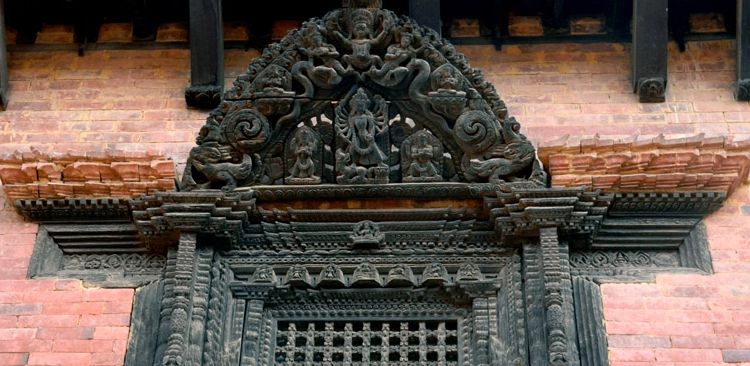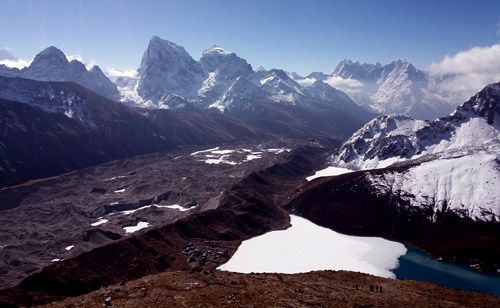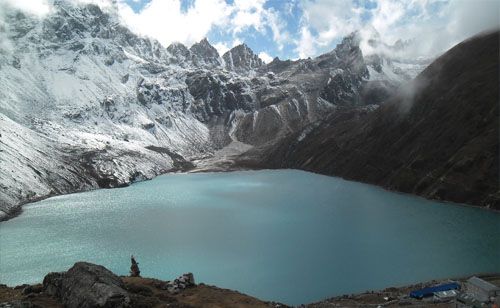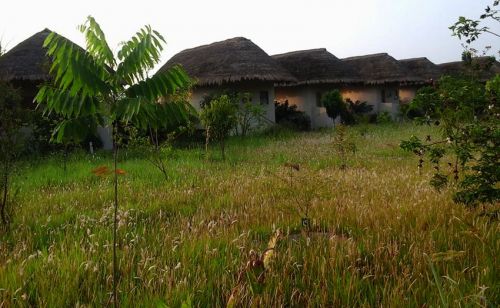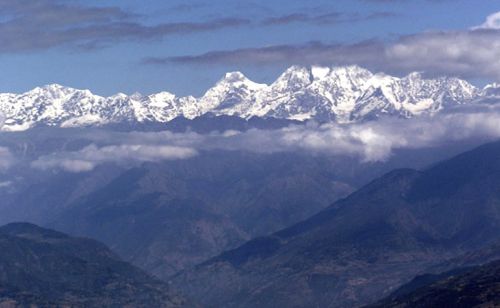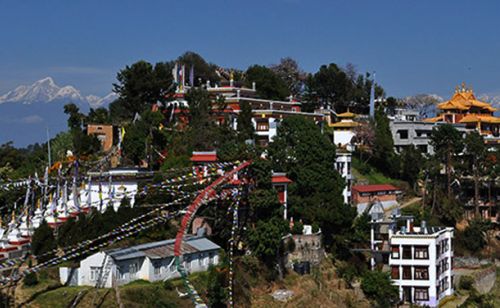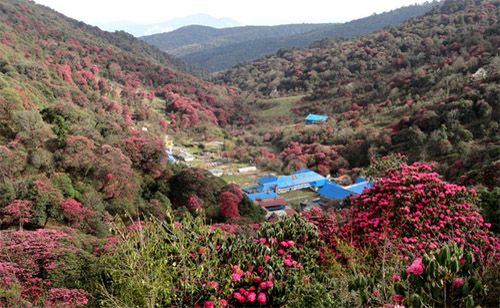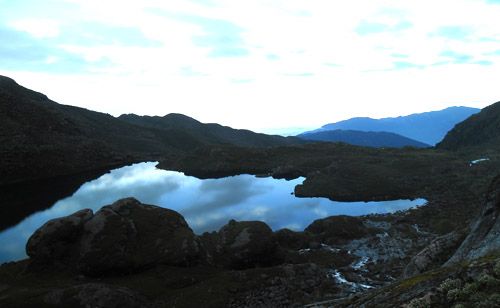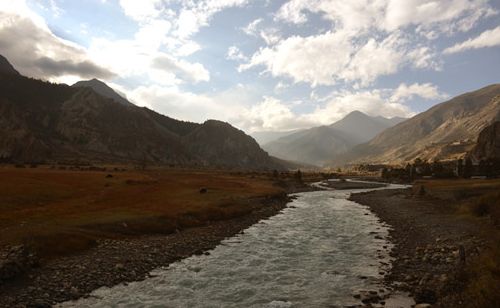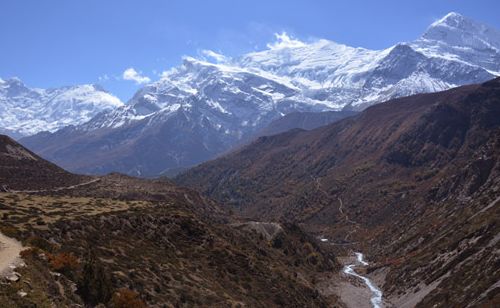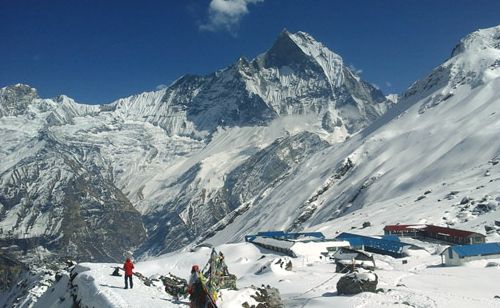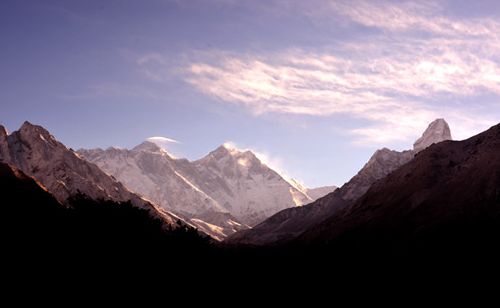Kathmandu Valley Day Tour
Trip Destination:Nepal
Total Duration:One Days
Difficulty:NA
Kathmandu Durbar Square:
Durbar square classic tour takes you to the famous places that have housed kings of different dynasties and temple-scopes representing the finest examples of Hindu and Buddhist architectures.
Some of the important monuments to be seen here are:
Taleju temple- tallest of all structures built by King Mahendra Malla in 1549 A.D.
Jagannath temple- built in the 16th century, known for fascinating erotic figures carving I the wooden struts eaves.
Kal Bhairav- one of the largest stone idol in Kathmandu representing the terrifying aspects of Shiva.
Statue of King Pratap Malla in praying gesture to Digu Taleju the royal family deity right across.
Kumari Ghar- 17th century Kumari temple, an example of the highly developed Nepalese temple craft.
Kasthamandap- built from the timber of a single tree. The Kathmandu City derives its name from Kasthamandap.
Besides this other fascinating part of this palace complex is the towering Nautale Durbar overlooking the beautiful cityscape and the vast Basantapur square where Prithivi Narayan Shah built mansion to commemorate his victory in 1768 A.D. This building complex is known for the most intricately carved wooden doorways roof struts and massive lattice windows full of mythical figures.
Swayambhunath:
One of the world’s most glorious, ancient, enigmatic and the holiest of Buddhist Chaityas, dating back more than 2000 years. Situated on a hillock Swayambhunath, literally “the Self-Created or Existent”, is a mosaic of small stupas and pagoda temple contributed over time by the succession of kings and noblemen. The main structure of the stupa is made of a solid hemisphere of brick and clay, supporting a lofty conical spire and capped by pinnacle of copper gilt. Painted on the four sides on the base of the spire are the “All Seeing Eyes” of Lord Buddha. The main features of Swayambhunath in brief are “The Five Buddhas.”
Pashupatinath:
Just a small walk takes you to the temple of Lord Shiva-Pasupatinath with a two tiered golden roof and silver doors. This structure is famous for its superb Newari architecture, situated near the banks of the sacred Bagmati River. Entrance to the temple precinct is permitted to the “Hindus Only”, however visitors can clearly see the temple from the eastern bank of the Bagmati River. Pashupati, literally, “Lord of the Animals” is the patron deity of Nepal and believed to have been unearthed by an obscure herdsman while one of his cattle was showering the earth with milk. Across the sacred river, above the array of decorated monuments, is the “Slasmantak or Mrigasthali Ban (forest)” where legends has it that Lord Siva dwelled in a form of an antelope to evade the hordes of demigods.
Bouddhanath:
This colossal and ancient Stupa, one of Nepal’s most unique monuments and said to be the worlds biggest, attracts Nepalese pilgrimage of Tibetan stock from as far as Dolpo and Mugu as well as Tibet, Ladhak in India and Bhutan. Baudhanath Stupa, with all seeing eyes of primordial Adi Buddha on all the four sides of the stupa, is said to hold the remains of Kasyapa - the Buddha of the previous time. The Stupa is 100 meters in diameter and was built on an octagonal base. Inset into the base are prayer wheels established by the Lichchivi King Mana Deva in the fifth century. The stupa rises to 36 meters above the base including the spire, “all seeing eyes” and the pinnacle represents the stages of enlightenment, symbol of royalty, compassion, knowing and nirvana. There are many myths about the origins of the stupa.
Cost Include
- All the land transportation by private vehicle during your tour to/ from hotel
- Entry permit fee of Bhaktapur touristic area
- An experienced tour guide & his salary
Enquiry
related Trips
YOU MAY LIKE THIS
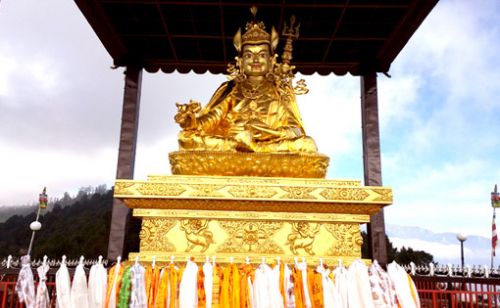
Helambu Trek- 8 Days
8 Days
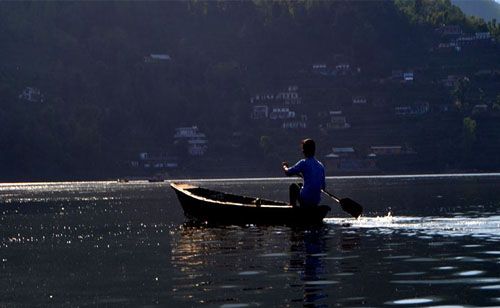
Pokhara Tour
05 Days
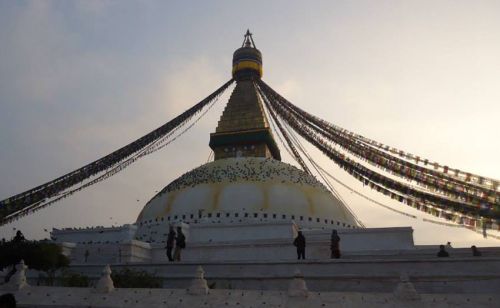
Kathmandu Valley Tour
04 Days
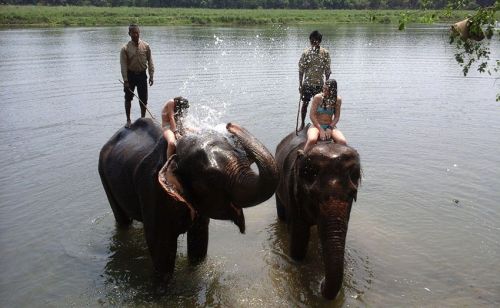
Kathmandu Chitwan Tour
05 Days
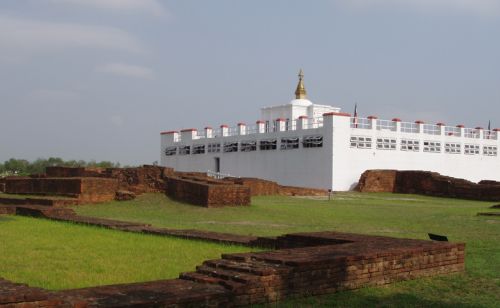
Kathmandu Lumbini Tour
07 Days
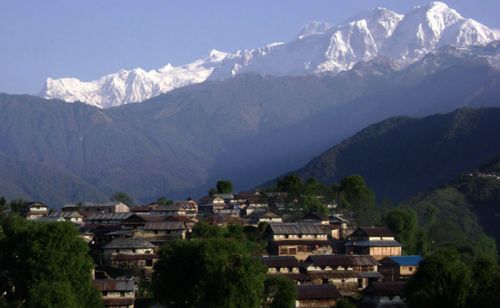
Ghale Gaun Trek
10 Days
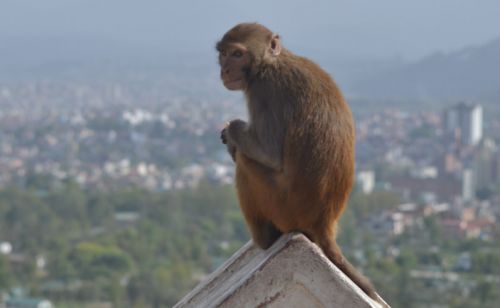
Around the Kathmandu valley Trek
06 Days
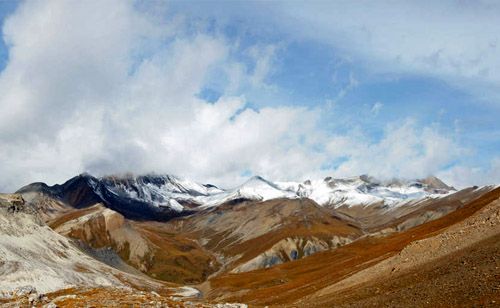
Upper Dolpo Trek
28 Days
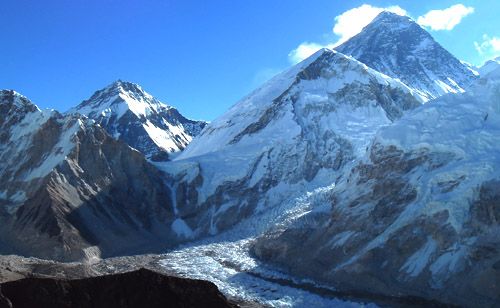
Everest Base Camp Trek- 11 Days
11 Days
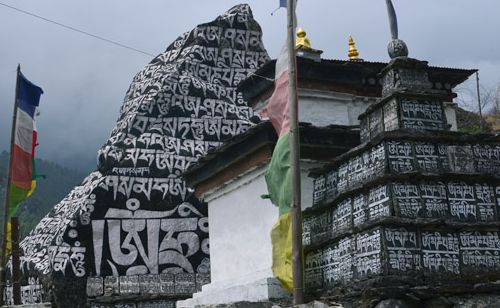
Sherpa Culture Trek- 15 Days
15 Days
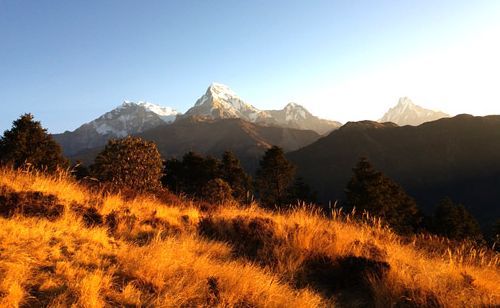
Poon Hill Trek- 6 Days
6 Days
